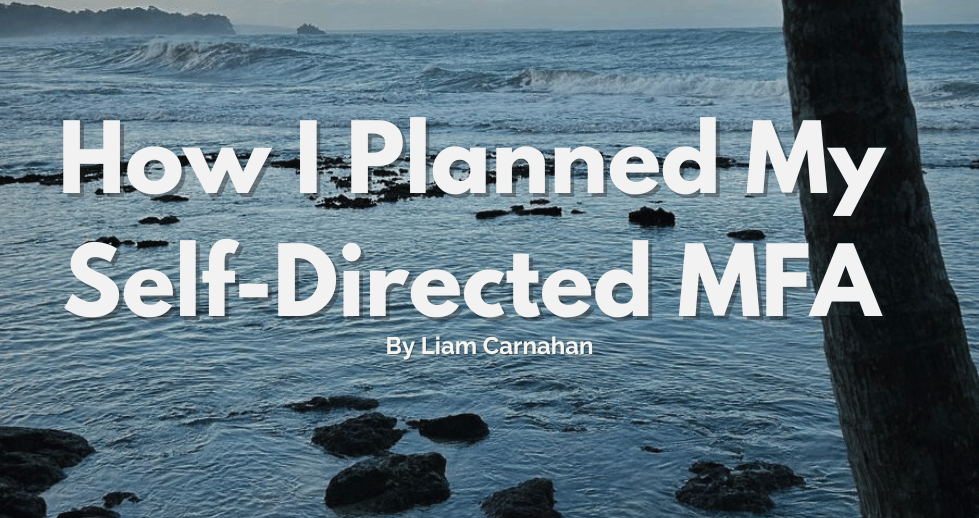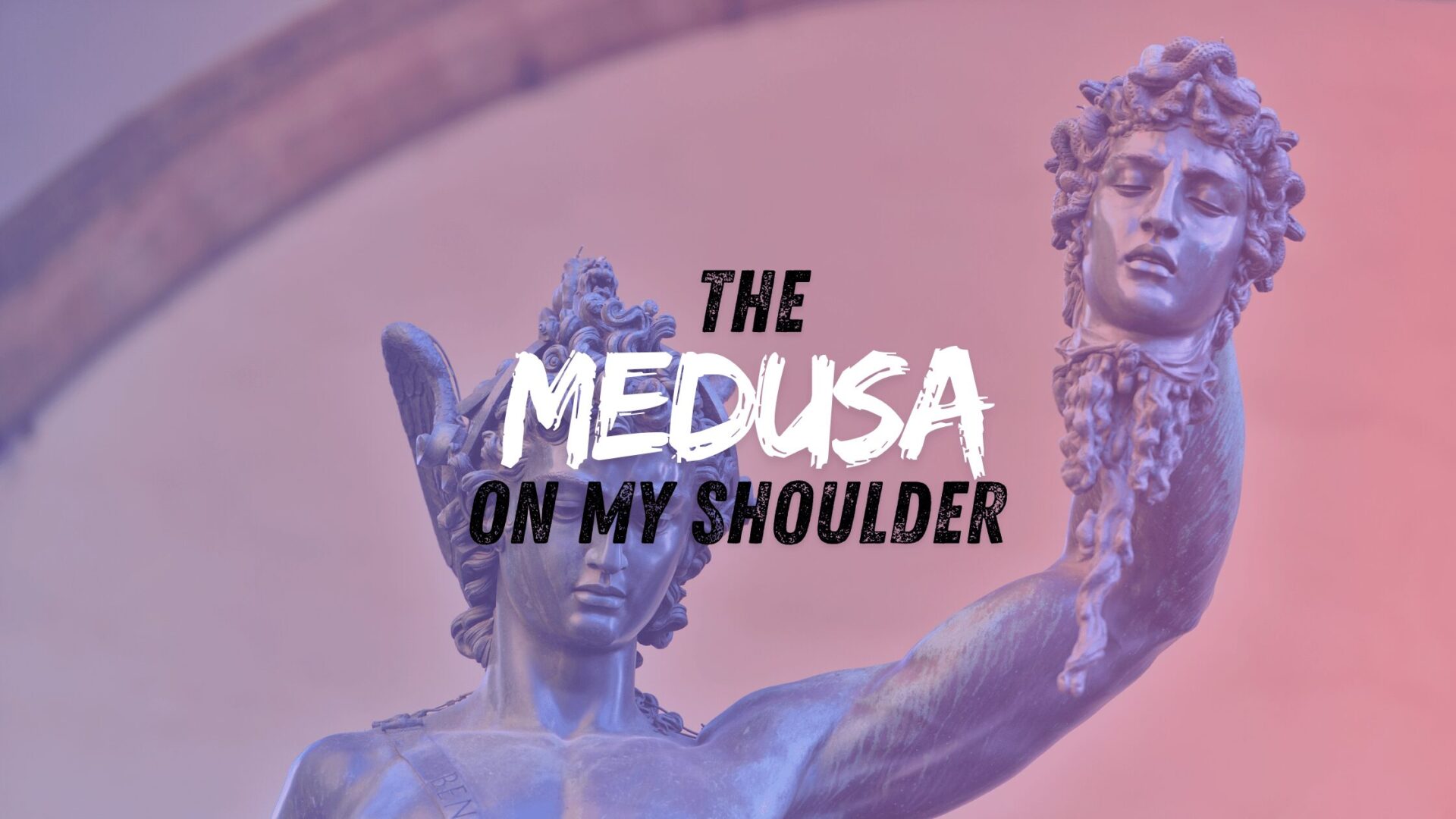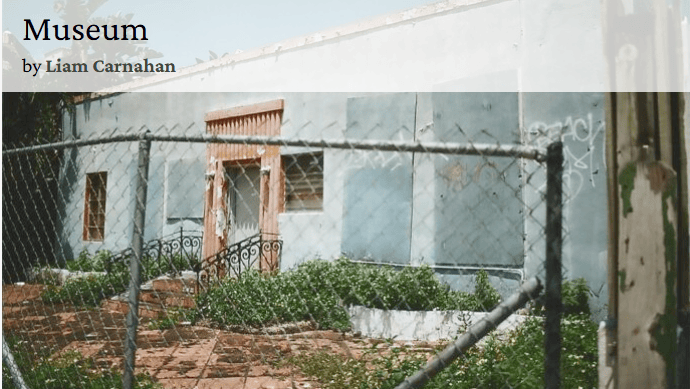I am currently embarking on a self-directed MFA.
If that’s a term you haven’t heard of, don’t worry — it’s kind of made up.
I hadn’t heard of it either, until a friend gave me a copy of Before and After the Book Deal, where Courtney Maum answered a question that I’d been pondering:
Should I go back and get an MFA?
Ultimately, I decided not to go back into debt (having just crawled out of it 20 years after I got my undergraduate degree).
Instead, I decided to embark on a self-directed MFA, a term that sounds much more official than it is.
It is not something that is endorsed by any particular university.
I will not be earning an official degree.
Instead, I have designed a program for myself that will give me all of the trimmings of an MFA (minus the degree and debt):
- An uncomfortably large amount of time to focus on my memoir and essays
- Classes, courses, and mentorship with established authors
- Interactions and critiques with peers working on memoirs
- Opportunities to engage with editors, publishers, and agents
I am feeling my way through this, since there aren’t any guidebooks out there.
This blog will serve as an overview of my experience, mostly so I can hold myself accountable and keep track of what is happening.
I hope it will also find some other writers out there who are considering an MFA and wondering if they can DIY it. Feel free to use me as your canary in the coal mine.
Sign Up for Liam's Newsletter
How it all began: My path to self-direction
It started in November of 2023, when ChatGPT went public.
I was an early user, and as soon as I entered my first prompt, I got a sick feeling in my stomach.
This could be the end of everything.
Perhaps I was being dramatic, but the more I used it, the more I started to feel the earth shake beneath my feet.
I’ve built a career on writing, and here was a tool that could sound just like me (sort of).
I used my writing skills to create a freelance career in Search Engine Optimization, which allowed me to launch my dream to live as freelancer and digital nomad.
But with ChatGPT and other AI tools, I could see that my industry was about to change. Uncertainty is my kryptonite, so it’s safe to say this sent me into a serious funk.
Around this same time, I took a vacation to the Pacific Northwest with two friends, both of whom were writers.
One of them happened to be doing Julia Cameron’s The Artist’s Way, which I’d never heard of.
After watching her work through it a bit on our trip, and having no idea what I should do with myself in the face of AI, I decided to give it a try.
It changed my life, as it has for so many authors.
I won’t go into details about the Artist’s Way (you should just get a copy). But I can say that the book helped me overcome some major self-induced roadblocks.
For a long time, I’ve had a dream of being a published author. I’d put that dream on hold because I thought…
I’m not good enough to be a published author.
I’ll go broke if I focus on creativity.
I missed my chance, and now I’m too old.
And the biggest one of all:
What if I try and fail?
Julia’s book and the activities inside helped me overcome these thoughts and say, Fuck it, let’s do it.
And that started the spark for this self-directed MFA.
Finding my writing community at Grub Street
Before I officially launched my self-directed MFA, I’d already started the groundwork without realizing what I was doing.
In November, I went to Boston’s incredible Grub Street Writing Center open house, and immediately signed up as a member.
Not long after, I took a class called Jumpstart Your Memoir with Theresa Okokon. It was the perfect match. Theresa was an excellent and encouraging teacher, and several of the folks in that room became my first writing group after the course finished.
After that course, I signed up for two more: Memoir in Progress with Dorian Fox and 6 Essays in 6 Weeks with Paul Haney.
All of these teachers provided the encouragement and feedback I needed to keep a steady pace with my own writing.
Overall, I spent around $1,500 on these classes. The value I got out of them far exceeds the price tag.
Especially when you consider that out of these two classes, and another social event at Grub Street, I found myself in three other critique groups.
Is that too many critique groups? Not for me! I have made some genuine friends, and love having a community of likeminded writers. We keep each other accountable, and without their support, I probably would have given up by now.
Formalizing my self-directed MFA
Between the books I’ve been reading and the community and mentors I found through Grub Street, my dream of writing a memoir was more alive than ever.
I had multiple chapters written, and following Paul’s class, a number of personal essays that I’m quite proud of, one of which became my very first publication in a literary magazine.
The issue I was having was one of time.
I had accepted my destiny and decided I would see through this dream to become a writer. But I hadn’t yet organized my life to allow it to blossom.
I was still too bogged down by my day job and other (ahem) behaviors that prevented me from focusing on my manuscript.
I decided I needed to go on a sabbatical. After talking it over with my financial advisor, I came to the conclusion that I could slog through another year of intense freelance work, save every penny, and then spend the money I earned to take a year-long sabbatical the following year.
That was the wrong conclusion. I didn’t want to wait another year. I didn’t want to deplete my savings for this mission.
I puzzled this out in my morning pages, which are the three handwritten pages I journal each morning, as part of The Artists Way. (I’m still doing it daily a year later, Julia!)
For the entry of October 27th, 2024, I wrote these words:
What if I stop thinking of it as a sabbatical, and start thinking of it as a Self-Directed MFA?
That helped shift my mindset. After all, most MFA students work while they’re earning their degree.
So I would think of my freelance work as just that: Income to support my true mission, becoming a published author.
It didn’t take long for that kernel to turn into a full-fledged plan. And here’s the great irony: I turned to AI to help map out how it would work.
This made it feel even more real, because Claude (my AI assistant of choice) started using words like “semester” and “syllabus.”
With his help, I set a start date of December 1 and built out a rough plan. Here’s what it looked like:
My Self-Directed MFA Schedule (so far)
1st Semester (January, February, March)
Primary Goals:
- Finish first draft of memoir (December)
- Begin revisions of first draft
- Submit applications to residencies and fellowships
- Submit essays for publication
- Start marketing myself as an author
On December 1st, I flew to London to visit a client for my side business, and decided to use this as the launch for my MFA. I treated myself to champagne on the flight, and booked an Airbnb that was cozy and comfortable, with plenty of natural light, writing desks, and heated floors.
When I wasn’t working on my client work, I spent my time in London diligently working on my manuscript and taking historic literary tours (also self-guided).
I took a holiday break, as students often do, and got back into things in January, when I flew to Costa Rica, to an affordable Airbnb by the beach.
I spent an entire month there on my own, deep in the jungle, with no distractions aside from the beach and nearby howler monkeys. I ate so many varieties of bananas, gorged myself on juicy mango and coconut rice, swam and walked along the beaches for hours, got so much work done on my memoir, and ultimately, ended up with a pretty sick tattoo.
Big Disclaimer: I am blessed to have a lifestyle that allows this kind of travel. I am single and childless, and thanks to my life as a digital nomad, pay Airbnbs in lieu of rent.
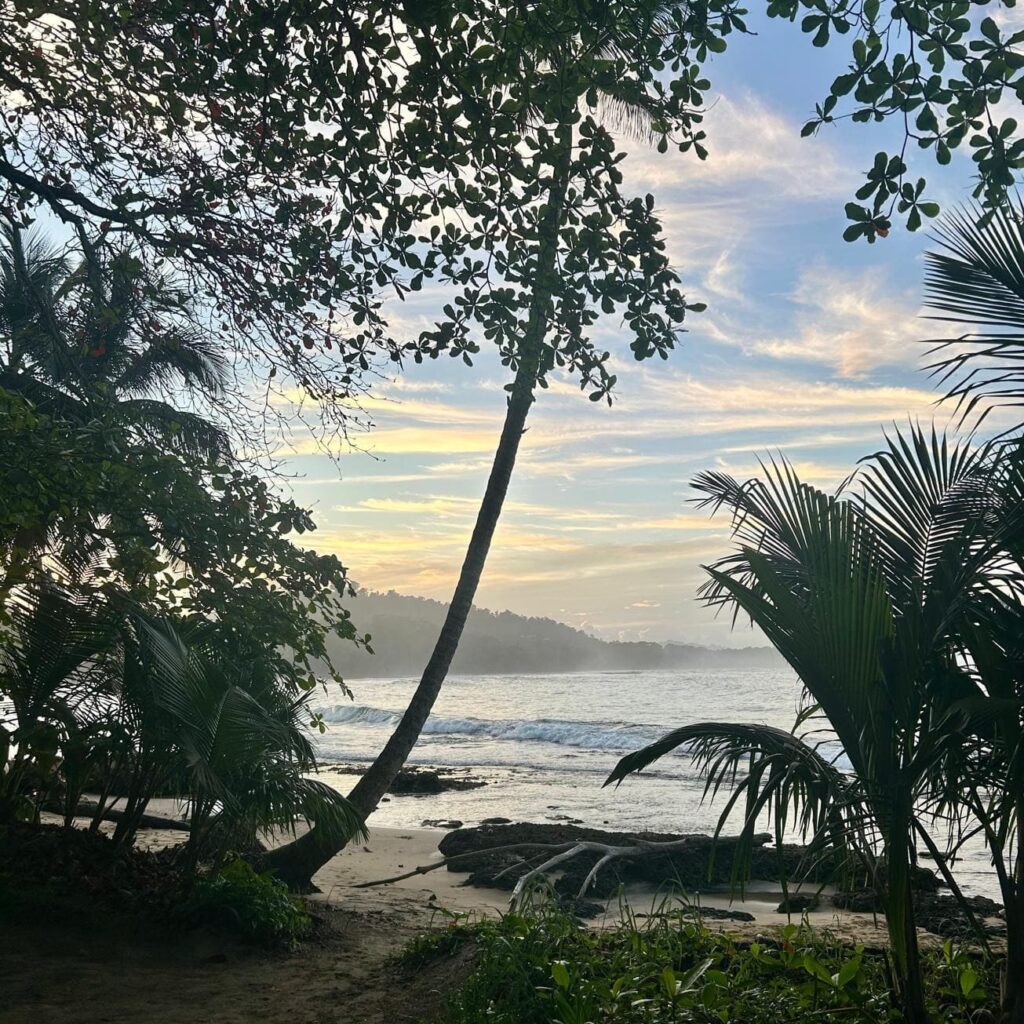
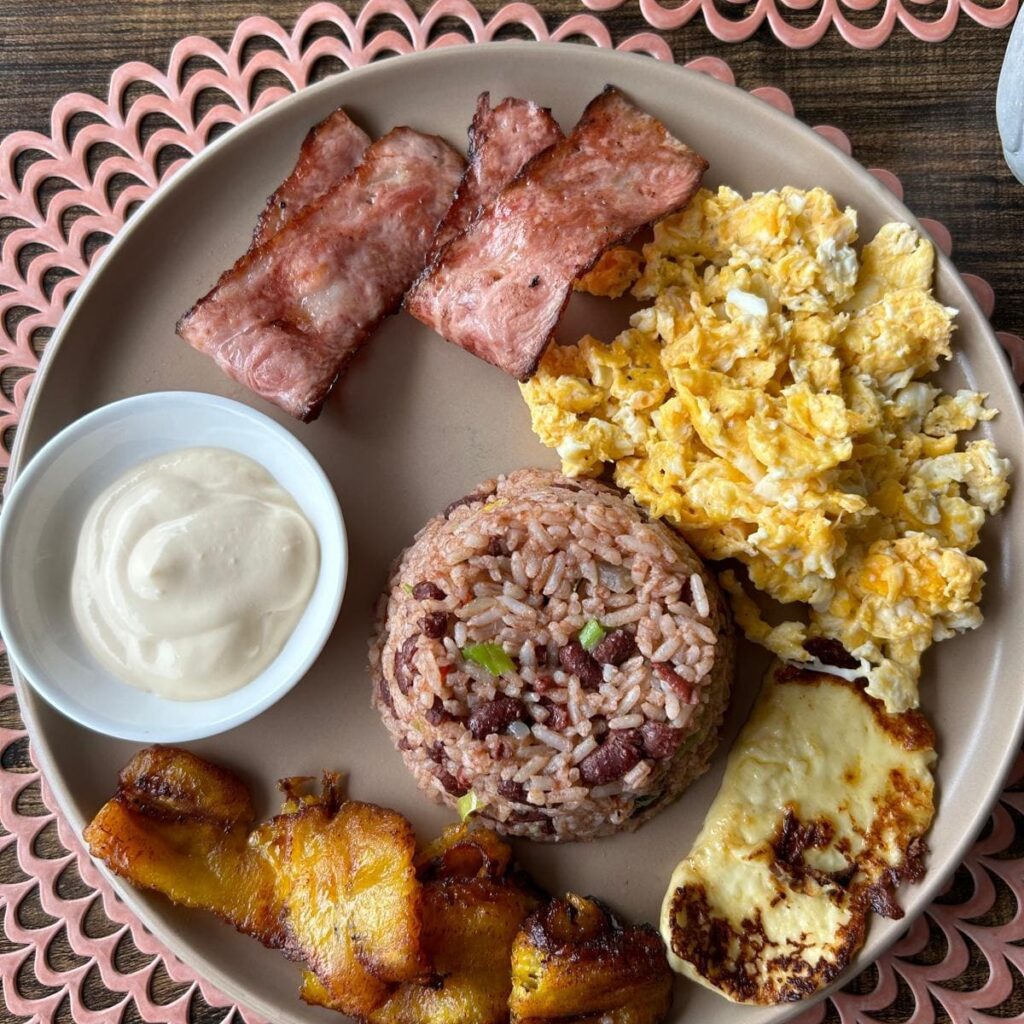
2nd Semester (March, April, May)
Primary Goals:
- Work through revisions of second draft
- Submit applications to residencies and fellowships
- Submit essays for contests and publication
- Make new literary connections
- Plant “seedlings” for unwritten essays
In March, I continued my writing retreat, but relocated from the beach in Costa Rica to a sweet little carriage house in Savannah, Georgia.
There, I read Midnight in the Garden of Good and Evil and communed with the literary ghosts of that city, while continuing to push through my second draft.
In late March, I flew to LA to attend the AWP Writer’s Conference. This was an interesting trip—gray and cloudy, which is not how I usually experience LA. I didn’t know exactly what to expect going into it, and still am not sure what I think of it now that it’s in the rear-view mirror.
The talks I attended were good (if a little formulaic), but my favorite part was the book fair, where I made lots of connections with other writers, editors, and publishers, and discovered a slew of new literary magazines and residencies to apply for.
In April, I attended The Art of the Essay: A Workshop, a retreat at the divine Prospect Street House, a lovingly renovated space for writers nestled in North Bennington, Vermont.
This was, hands down, one of the best things I did as part of my self-directed MFA. If you’re a writer and you get a chance to visit Prospect House, or attend a workshop with Kim Dana Kupperman or Baron Wormser, do not pass it up.
The space itself, and the town surrounds (including the college campus) were ideal for a writing retreat (indeed, the house was remodeled explicitly for this purpose). It is the town where Shirley Jackson wrote The Lottery, a longtime favorite horror story of mine.
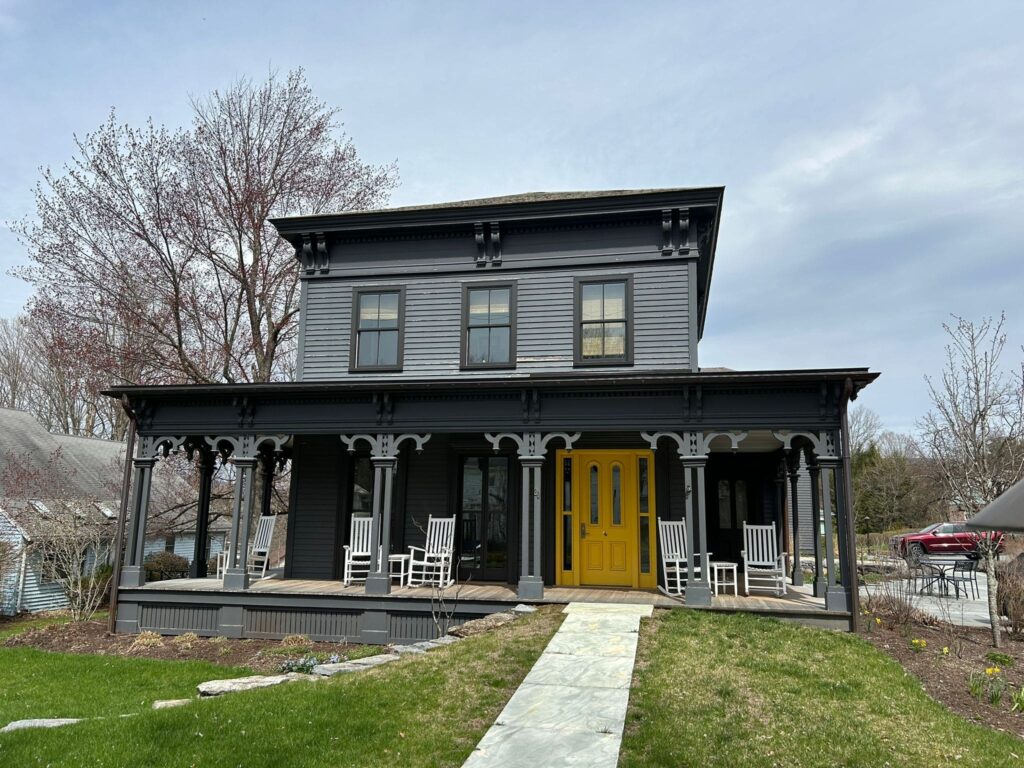
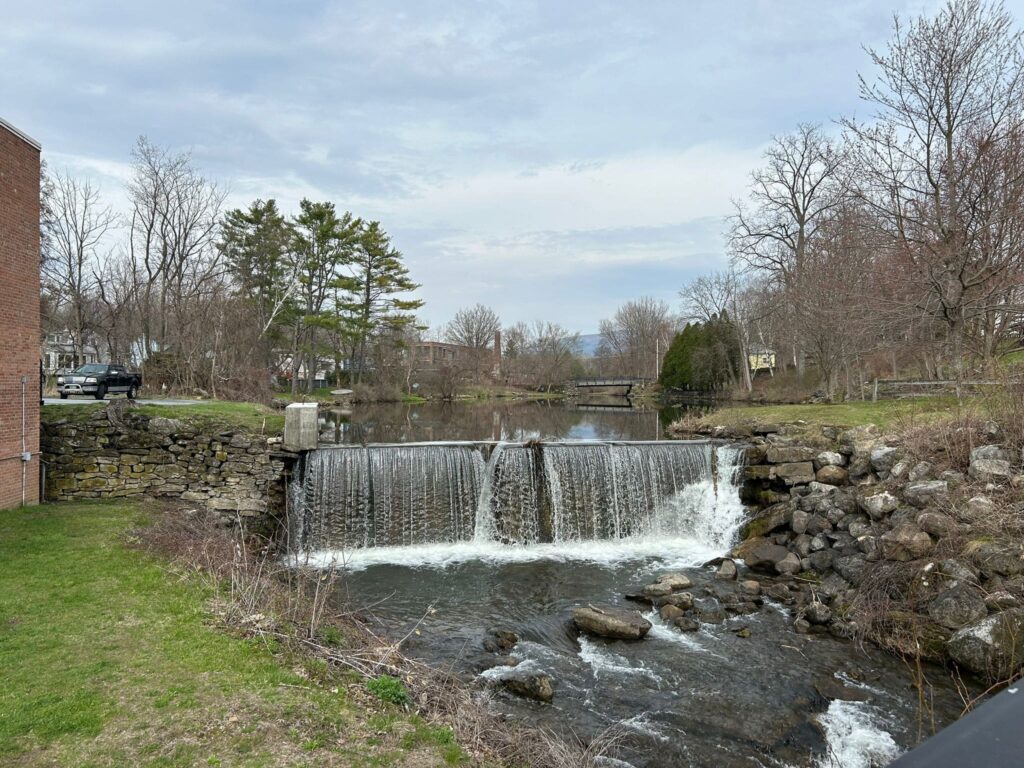
Each literary-themed room had its own bathroom and shower, a single bed, and a comfortable desk. We were given plenty of time to enjoy our rooms and all of the beautiful communal space during the long writing breaks we had throughout the weekend.
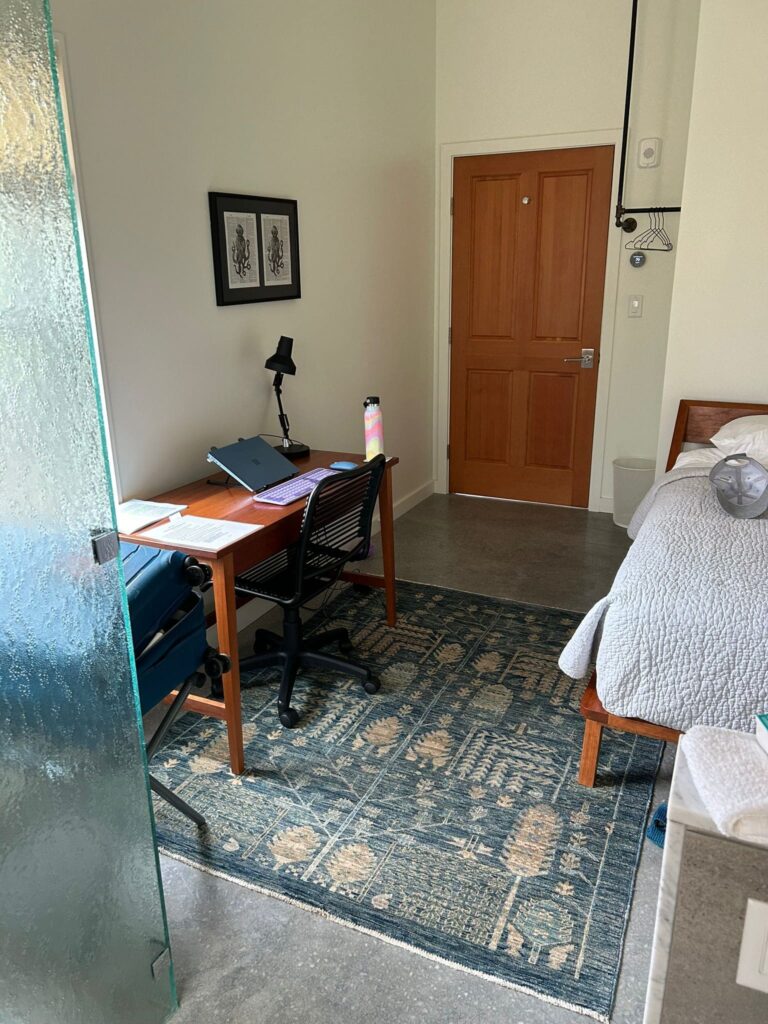
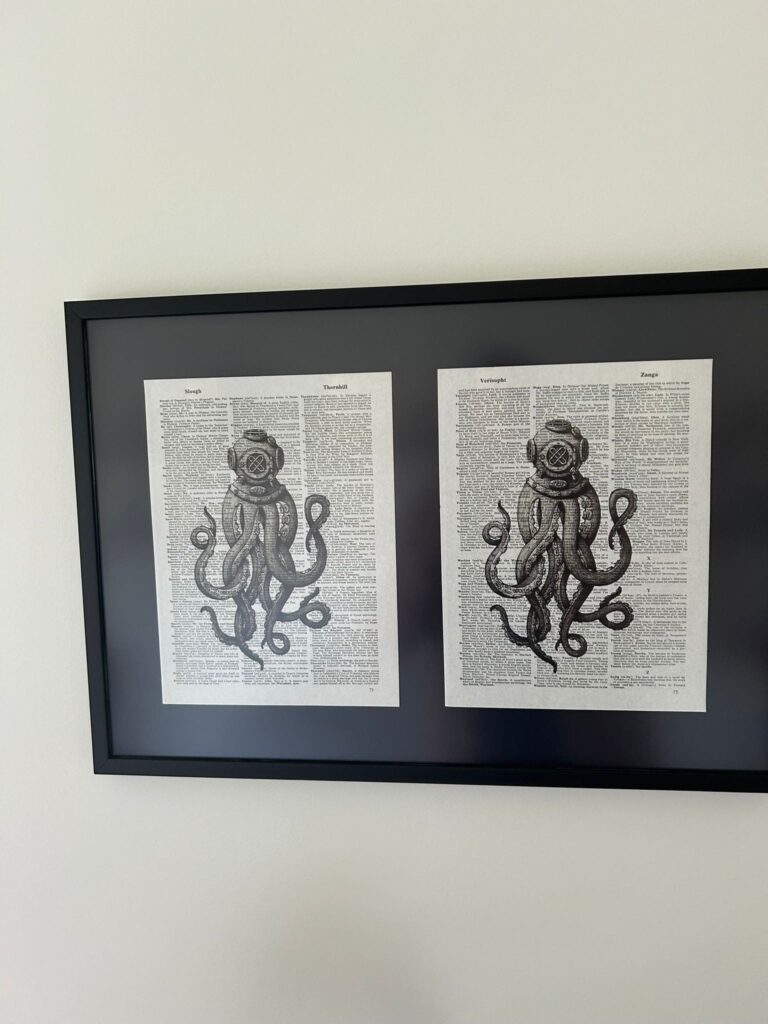
The best part of the retreat were the leaders, Kim and Baron. I have been so blessed with the teachers I’ve found along this journey, and these two were no exception.
They gave us assigned reading before the class (all of which was so enjoyable), and then we’d have group sessions exploring them together. There were only 7 or 8 of us on this retreat, so the conversations were intimate and in-depth.
Listening to Kim and Baron dissect these essays was like being back on campus again, in the best possible way. I could feel neurons in my brain lighting up in ways they hadn’t since my days at Emerson.
After discussions, we’d break off to go write based on prompts given to us by Kim and Baron.
Not only did this result in some new essay seedlings (watch this space), but our retreat leaders also taught us how to use essays as inspirational prompts on our own.
What a useful skill, one I’ll be using for the rest of my writing career.
I took a Spring break in May to visit with some friends for Australia, and then suddenly it was time for my third Semester.
3rd Semester (June, July, August)
Primary Goals:
- Finish revision of second draft
- Print out and revise with a red pen
- Try my hand at planning writing retreats
- Refine book proposal
- Edit and submit new essays
It’s only mid-June as I’m updating this , but I’m already looking forward to a number of things coming up this semester.
I’m rounding the corner on the revision of the first half of my second draft, and getting ready to print that out for my upcoming retreat in Taos, New Mexico (one I planned myself, with friends).
I’ve got some exciting new projects underway, a few more courses to attend, and a potentially very weird and remote writing retreating after that.
Plus, my birthday is coming up! We love a birthday.
I’ll update this again when we’re approaching the end of the first year of my self-directed MFA. Gosh, I’m already getting wistful!
